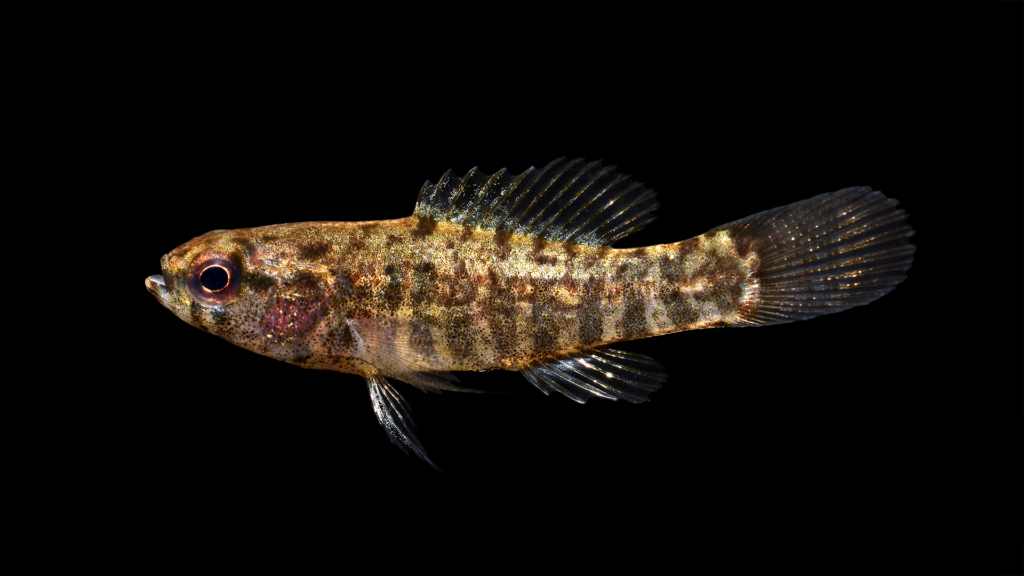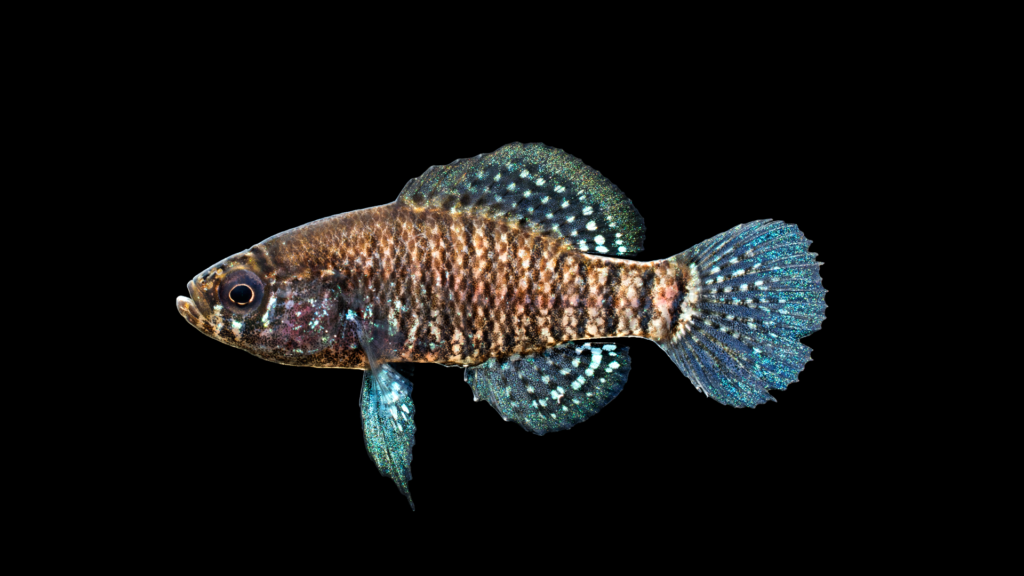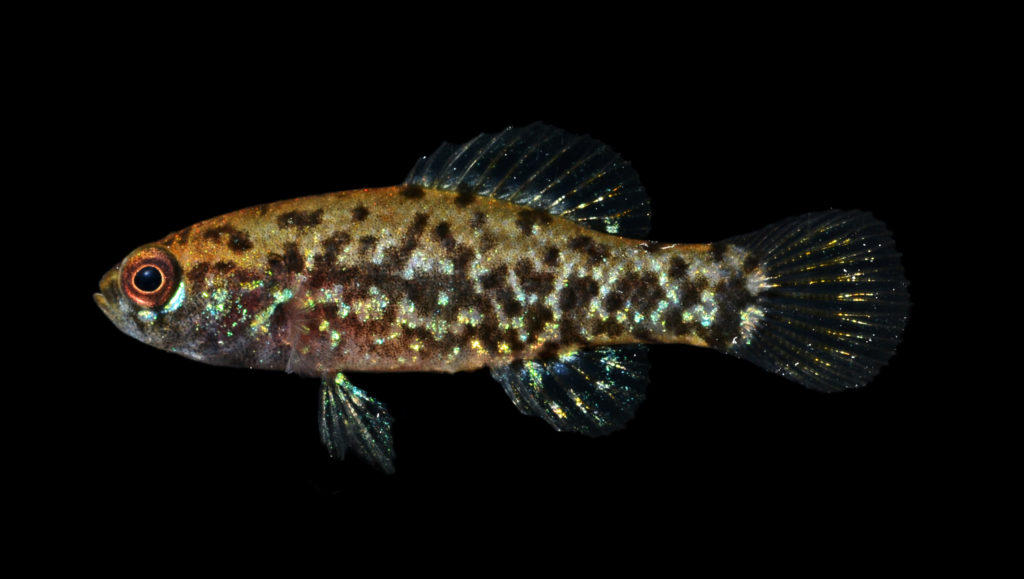By the NCFishes.com Team
North Carolina is home to 3 of the 7 species of Elassoma known to occur in North America: Carolina Pygmy Sunfish, Elassoma boehlkei, Everglades Pygmy Sunfish, Elassoma evergladei, and Banded Pygmy Sunfish, Elassoma zonatum (Gilbert 2004; Snelson 2009; Tracy et al. 2020). [Please note: Tracy et al. (2020) may be downloaded for free at: https://trace.tennessee.edu/sfcproceedings/vol1/iss60/1.] The other four species of Elassoma are found in South Carolina, Georgia, Florida, and Alabama (Gilbert 2004).

Collectively, these seven species have been taxonomically placed in the Family Centrarchidae or in their own family (Elassomatidae; Fricke et al. 2020). There is conflicting evidence that Elassoma may (Near et al. 2012) or may not be (Gilbert 2004) related to other genera within the Centrarchidae. Regardless of their placement, the American Fisheries Society-accepted common names are Carolina Pygmy Sunfish, Everglades Pygmy Sunfish, and Banded Pygmy Sunfish (Page et al. 2013) and each of their scientific (Latin) name actually means something (please refer to The Meanings of the Scientific Names of Pygmy Sunfish, page 6).
As their common name implies, Pygmy Sunfishes are just that – small fish that sort of look like miniature or dwarf sunfishes. Carolina Pygmy Sunfish and Everglades Pygmy Sunfish range in size from about 20-32 mm (0.8-1.3 inches) while Banded Pygmy Sunfish are the “big-‘uns” amongst the three species – they get as big as about 50 mm, almost 2 inches!
Shallow and quiet or slow moving water that offers dense vegetation as shelter is where one may find these fishes (Rohde et al. 2009). All three species prefer shallow waters that are darkly stained (tea-colored), of low productivity, and which are acidic (low pH) such as those in ponds, creeks, sloughs, and roadside ditches with luxuriant submerged and emergent aquatic vegetation (Rohde and Arndt 1987, Rohde et al. 2009).
Pygmy Sunfishes are found in the Sand Hills and throughout the Coastal Plain (Maps 1-3); no species are found in the Mountains or Piedmont. [Note: see Supplemental Maps 1-3, page 6, showing North Carolina’s 100 counties, 21 river basins, and 4 physiographic regions.] The Carolina Pygmy Sunfish, described by Rohde and Arndt in 1987 from the shallow edges of deep and dark Juniper Creek, is restricted to the Waccamaw basin in Brunswick and Columbus counties (Map 1). It is found nowhere else in the world, except in southeastern North Carolina and northeastern South Carolina (Jones and Ewing 2019; Quattro et al. 2001; Rohde et al. 2009; Sandel and Harris 2007). Because of its limited distribution and potential anthropogenic impacts upon its habitat and water quality, Carolina Pygmy Sunfish is listed as State Threatened (NCAC 2017; NCNHP 2020; NCWRC 2017; Sandel and Harris 2007).

The Everglades Pygmy Sunfish, as currently understood and following Rohde et al. (2009), is also found in the southeastern corner of the state (Map 2). However, the populations considered to be Everglades Pygmy Sunfish in North Carolina may represent an undescribed species (M. Sandel, University of West Alabama, pers. comm.). The Banded Pygmy Sunfish is our most widely distributed species; found across the Sand Hills and Coastal Plain. But like the other two species, it is also more common in the southeast corner of the state (Map 3).

Their identification is relatively straight-forward. Key characteristics for their proper identification include the presence/absence of scales atop the head; the presence or absence of vertical bars along the side; and the presence or absence of a postocular stripe (please refer to the Identification Key to the Species of Pygmy Sunfishes (Family Elassomatidae) in North Carolina.
However, several species can co-occur within the same habitats at the same time, especially in the Waccamaw basin where all three species are found. Thus, rendering field identifications a challenge.
If you have troubles with your identifications, just send us (https://ncfishes.com/contact/) an e-mail and include as many quality digital photographs as you can along with all the pertinent locality descriptors so that we will know from where the fish came.